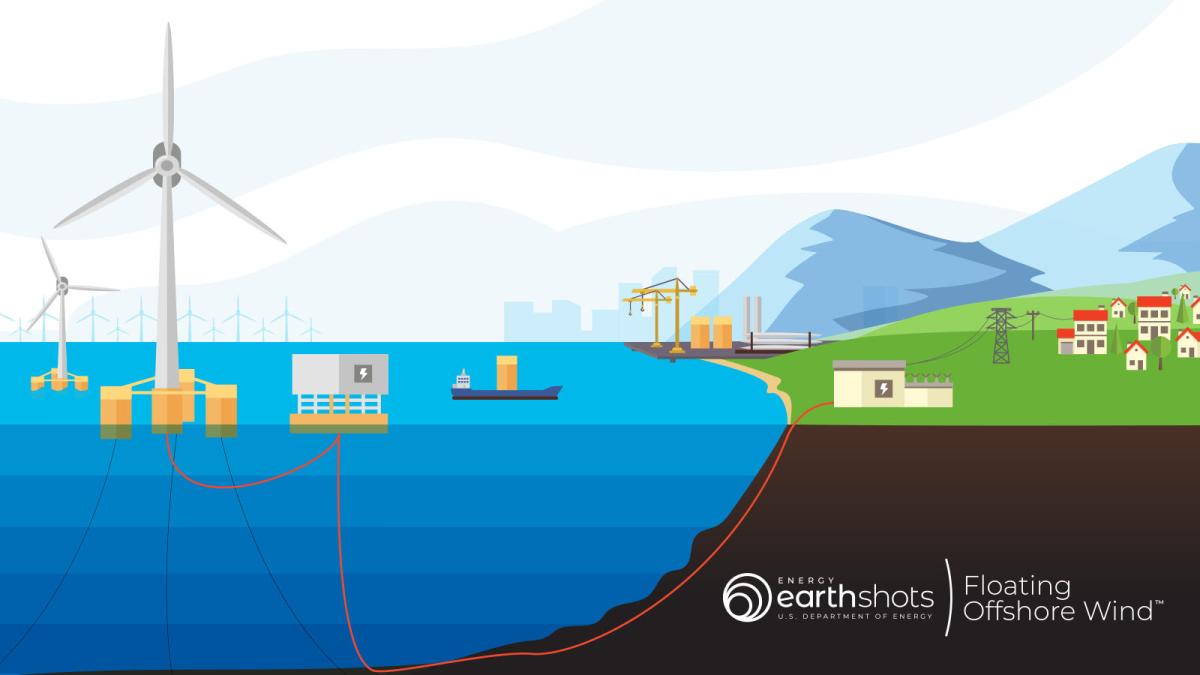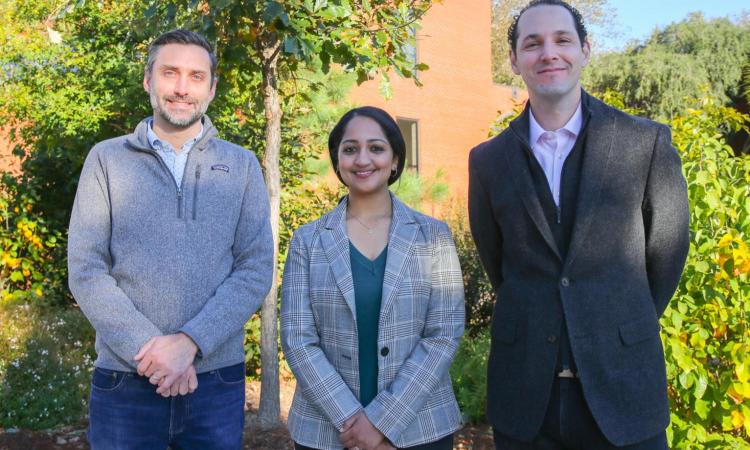Qian will develop computing methods for the design of CO2 removal and wind energy systems.
Professor Elizabeth Qian will serve as co-PI on a U.S. Department of Energy (DoE) Energy Earthshots Initiatives (Earthshots) project that will develop computing methods to support design and operation of complex systems for carbon removal and renewable energy generation.
The DoE initiative funds experts who are accelerating research and developing technology towards cleaner energy solutions by 2035.
Qian will work with researchers at New York University, Los Alamos National Laboratory, and the National Renewable Energy Laboratory on the new project, named ROME: Reduced modeling with extreme data.
The team’s focus is on developing new mathematical and computational methods that learn fast predictive models from data. The learned models can then be used to issue rapid predictions to support design and operation decisions. The ROME team will specifically target two of the DoE’s eight Earthshots, the Floating Offshore Wind Shot and the Carbon Negative Shot, but the research has cross-cutting impacts.
“Across all the Earthshots, the ability to rapidly simulate system behavior and performance is critical for both design and maintenance,” said Qian, who holds a joint appointment in the Schools of Aerospace Engineering and Computational Science and Engineering.
Today, most methods for learning simplified models from data use a process called batch training; meaning all the data are gathered in one place, and can be revisited as many times as necessary. Additionally, current methods assume that the data reflect all possible scenarios of interest.
But in many areas of science and engineering, especially in projects involving complex physics and uncertain environments – like Earthshots - things work differently.
Floating Offshore Wind Shot
About two-thirds of U.S. offshore wind energy potential exists over waters too deep for today’s fixed-bottom wind turbine to be secured to the sea floor, and instead require floating platforms. The Floating Offshore Wind Shot seeks to drive down the energy costs associated with building and maintaining the platforms by 70% for deep water sites by 2035.
According to the DoE’s website, these future structures will be among the largest humankind has ever constructed.
“Designing these structures is challenging because their environments are subject to myriad uncertainties,” said Qian. “From a design perspective you need to be able not only to predict nominal performance, but also unusual events that can cause damage and/or failure.”
In these applications, important events and data that are not common in regular simulations are hard to find. This means that the data generated without specifically looking for these rare events may be inadequate for creating simplified models that can predict what happens in those critical situations. The ROME team will develop methods that actively gather data to better predict these rare events.

Credit: U.S. Department of Energy
The Carbon Negative Shot
The Carbon Negative Shot is tasked with taking carbon dioxide (CO2) from the air and ocean and storing it in large amounts (gigatons) for under $100 per metric ton. To put that into perspective, one gigaton of CO2 is about one-fifth of the United States’ annual CO2 emissions in 2022.
CO2 removal can help address emissions from the hardest to decarbonize sectors and remove the emissions already warming the planet and affecting human health.
One method includes directly capturing the air, separating CO2 from the ambient air, and then storing it deep underground in geological reservoirs or in products like concrete.
As an emerging field, different CO2 removal approaches still require significant research, development, and demonstration to ensure CO2 removal can be done responsibly, effectively, and affordably to meet the national and global net zero goals in the coming decades.
“Carbon removal systems are also subject to many uncertainties about how they will perform in different conditions and how they evolve over time,” Qian explained.
“We will leverage reduced models to speed up parts of the overall computation process to then quantify these uncertainties and maintain accuracy guarantees in these otherwise unpredictable scenarios.”
Related News

Assistant Professor Akanksha Menon Awarded $3 Million for Research as part of DOE's Energy Earthshots™ Initiative
Professor Claudio Di Leo will provide a fundamental understanding of the coupled thermo-chemo-mechanical phenomena in thermal energy storage (TES) materials that will enable low-cost and stable storage.
